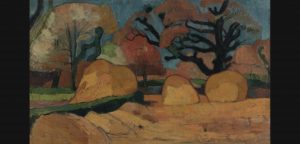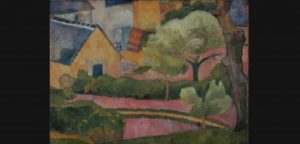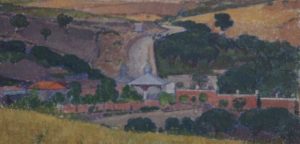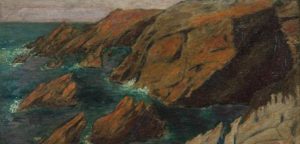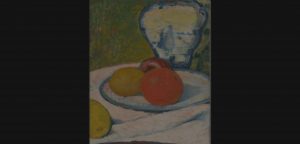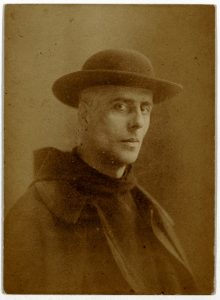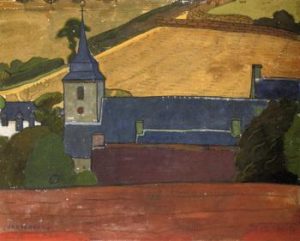Jan Verkade was born on the 18th of September in 1868 in Zaandam, the Netherlands.
1868 - 1946
Jan Verkade
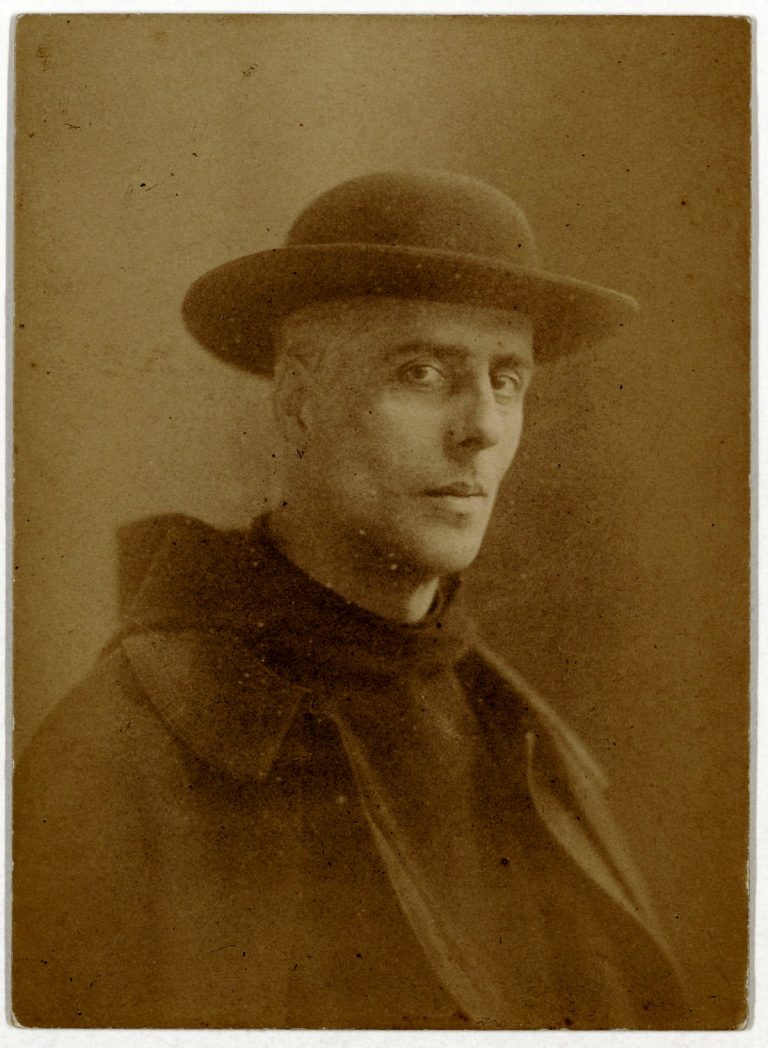
description
Painter Jan Verkade, who later changed his name to Father Willibrord, was a well-known Dutch Post-impressionist and Christian Symbolist.
He was born into a religious Mennonite family. In 1877, the family moved to Amsterdam; Jan and his twin brother were sent to a religious boarding school in Oisterwijk.
A student of Paul Gauguin, he belonged to a circle of artists known as the “Pont-Aven School”, had close ties with the Nabi group and was one of the most progressive painters of his time in his country. He was the leader of the art school at Beuron Abbey, participated in the painting of temples throughout Europe and had a great influence on the further development of the new Benedictine art.
Key ideas:
– Despite the fact that Jan Verkade spent most of his life in a Catholic monastery, he was an active participant in the Post-impressionist art movement that originated in France. For some time, Verkade lived in Port-Aven, a famous artistic settlement, where Paul Gauguin himself created his canvases, was friends and worked with many members of the Nabi group, traveled a lot, studying the works of old masters and creating his own, original and bright canvases. He also translated religious literature and wrote articles on visual arts.
– Verkade’s few paintings are landscapes and still lifes, made in the style close to that of Nabis, with the use of decorative planes, winding lines, rich colors and the absence of semitones. The artist deliberately refuses the correct design and composition in favor of a simplified image of nature, the same as the artist saw directly.
– Jan Verkade devoted a lot of time to wall paintings and frescoes. He believed that art is not limited to paintings, but should be of practical use. He is the author of the phrase “Down with easel painting!”, which became a kind of the motto of Post-impressionists.
1868
1888
1891
1892
1893
1894
1902
1903
1908
1909
1946
The birth of the artist
Entered the Academy of Arts in Amsterdam
Entered the Academy of Arts in Amsterdam, where he then studied for three years.
Moved to Paris
Moved to Paris, where he met such extraordinary artists as P. Gauguin, P. Sérusier, M. Denis and others.
Took part in the exhibition
Took part in the exhibition of the Independent together with the artists of the Nabi group.
Converted to the Catholicism and was baptized
Converted to the Catholicism and was baptized; after that, he traveled around Italy together with Mogens Ballin.
He visited Beuron monastery
During a trip to his family in the Netherlands, he visited Beuron monastery, which struck the artist with its atmosphere and works of art. He decided to live there.
Took the name Willibrord Verkade
He was initiated into the Order of Benedict and took the name Willibrord Verkade.
Created frescoes
He lived in the monastery, continuing to work as an artist. Created frescoes, wrote scientific articles and did translations.
Spent several months with Sérusier in Munich
Spent several months with Sérusier in Munich, where he worked on paintings.
Was sent to Jerusalem for repentance
Was sent to Jerusalem for repentance, where he stayed until 1913. He painted landscapes and frescoes, wrote many articles and essays. After returning from a journey, Verkade painted less often.
The death
He died on the 19th of July in 1946 in Beuron, Germany.



